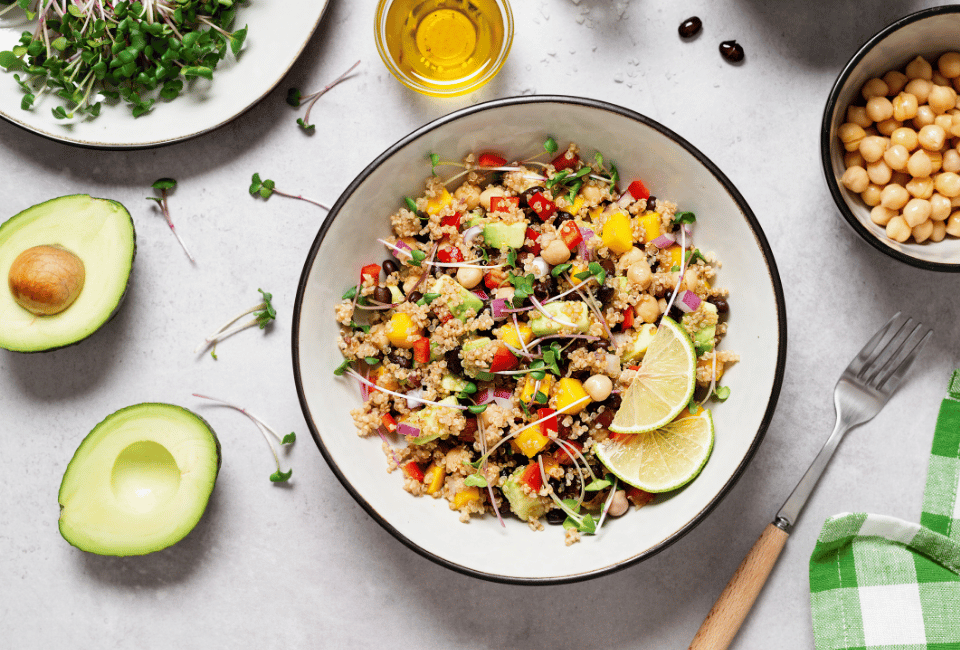
While traditional baby cereals have long been a staple in infant feeding, a tiny South American superfood is changing the way parents introduce solids to their little ones. Quinoa, pronounced ‘keen-wah,’ isn’t just another grain – it’s a complete protein powerhouse, perfectly suited for your baby’s growing needs.
As parents search for nutrient-dense options, quinoa has become a versatile base for numerous baby recipes with quinoa. Its soft texture, quick cooking time, and impressive nutritional benefits make it an ideal first food, offering endless opportunities for healthy and creative meal combinations that evolve as your baby grows.
Quinoa for Babies Benefits
Quinoa offers substantial nutrition for growing babies, with protein content higher than most common grains. Each serving provides the complete set of amino acids babies need for proper growth and muscle development.
The grain contains key nutrients that support your baby’s development. Iron helps form healthy red blood cells, while calcium builds strong bones and teeth. B vitamins play a vital role in brain development and energy production. The fiber in quinoa aids digestion and helps prevent constipation – a common concern for parents introducing allergen foods to babies.
When compared to white rice, quinoa provides nearly twice the protein and four times more iron. These nutrients make quinoa particularly beneficial during the critical first year of growth.
When to Introduce Quinoa to a Baby’s Diet
Most pediatricians suggest starting quinoa between 6 and 10 months old, once your baby shows interest in solid foods. Look for signs that your little one is ready: they should sit up without support, grab objects with their hands, and show curiosity about what others are eating.
Before offering quinoa, check that your baby handles other soft textures well. Start with small amounts mixed into other purees or familiar foods. Watch for these readiness signals:
- Good head and neck control
- Ability to move food from front to back of mouth
- Interest in watching others eat
- Opening mouth when food comes near
Always talk to your baby’s doctor before adding new foods to their diet, especially if your family has food allergies.
How to Prepare Quinoa for Babies
Start by washing quinoa thoroughly in a fine mesh strainer to remove any bitter-tasting compounds. Use a 2:1 ratio of water to quinoa for cooking – this creates a soft texture perfect for young eaters.
For babies under 9 months, blend cooked quinoa with breast milk, formula, or water until smooth. As your baby grows, you can leave more texture. Mix quinoa with Buckwheat Baby Food or mash it with soft fruits for variety.
To make baby-friendly quinoa:
- Rinse quinoa in cold water
- Cook with twice the amount of water
- Simmer for 15-20 minutes until fluffy
- Let cool before serving
- Adjust texture by adding liquid or mashing
Store leftover cooked quinoa in sealed containers in the fridge for 3-5 days, or freeze portions for up to two months.
4 Simple Baby Recipes With Quinoa
Simple Quinoa Porridge
Mix 1/4 cup cooked quinoa with 1-2 cups water until you reach a smooth consistency. Stir in mashed banana or apple puree for natural sweetness. Cook on low heat until warm and creamy.
Basic Quinoa Puree
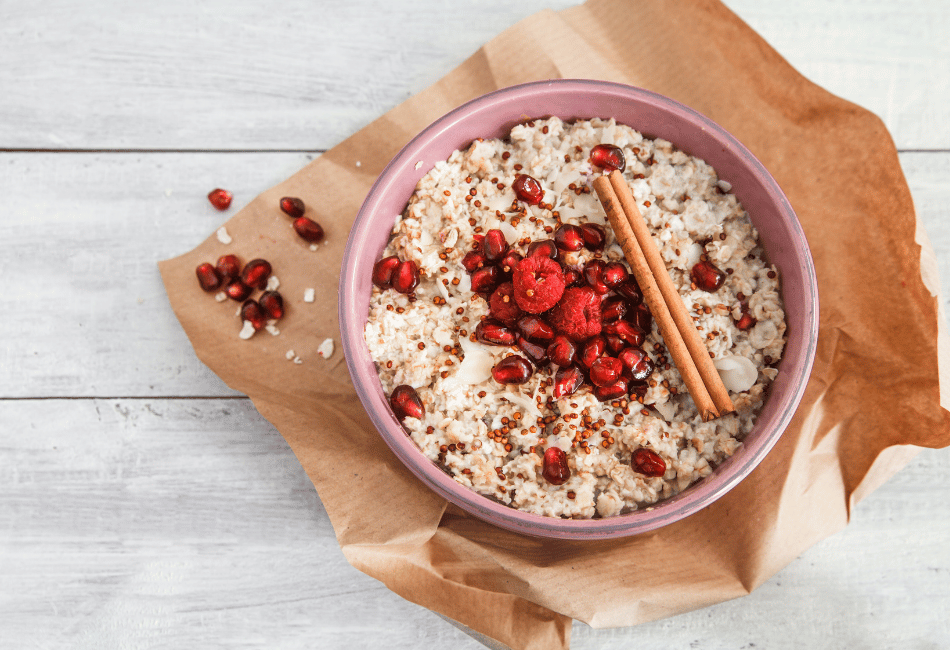
Blend cooked quinoa with breast milk or formula until silky smooth. Start with 2 tablespoons of liquid, adding more to achieve the right texture for your baby’s age. Add fruits, cinnamon or vanilla for extra flavor.
Quinoa Vegetable Mash
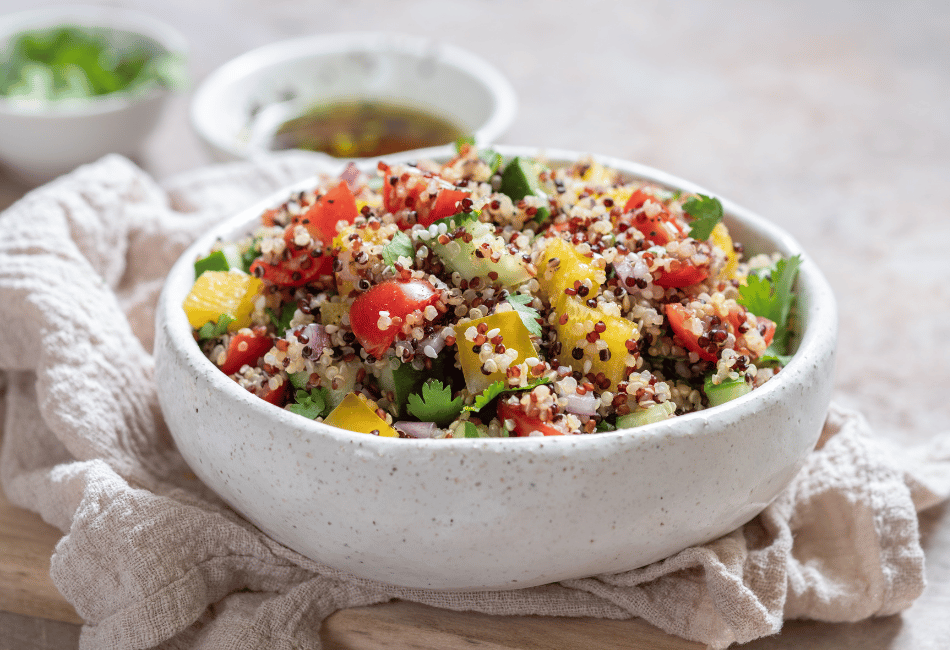
Steam carrots, cucumbers, tomatoes until tender. Mix with cooked quinoa and mash together. Perfect for babies who handle veggies well.
Quinoa Finger Foods
Shape cooked quinoa mixed with shredded vegetables and beaten egg into small patties. Bake at 350°F for 15 minutes until firm. Cool completely before serving to your little one.
Tips for Incorporating Quinoa into Existing Baby Food Recipes
Mix cooked quinoa with familiar purees like apple, pear, or sweet potato to create tasty combinations your baby will love. Start with a small amount of quinoa (1-2 tablespoons) mixed into foods your little one already enjoys.
Try these simple mix-ins for added nutrition:
- Stir quinoa into mashed avocado with banana
- Blend with steamed carrots and breast milk
- Mix into pureed green beans or peas
- Combine with soft-cooked fruits like peaches
Create different textures as your baby grows. For younger babies, blend quinoa until smooth. Older infants can handle small, soft quinoa pieces mixed with baby first purees. Keep portions in ice cube trays for quick, ready-to-serve meals.
Remember to test one new ingredient at a time and watch for any reactions when introducing quinoa combinations to your baby’s menu.
Storage and Preservation of Quinoa-Based Baby Food
Store cooked quinoa in airtight containers in the refrigerator for 3-5 days. Let the quinoa cool completely before storing to prevent moisture buildup and maintain its texture. For best results, place a paper towel on top of the quinoa to absorb excess moisture.
Freeze quinoa-based baby food in small portions using ice cube trays or silicone molds. Once frozen, transfer the cubes to freezer bags and label with the date. These portions stay good for up to two months. When ready to use, thaw overnight in the refrigerator or warm gently on the stovetop.
For pureed quinoa dishes:
- Fill ice cube trays leaving room for expansion
- Cover with plastic wrap before freezing
- Transfer frozen cubes to labeled freezer bags
- Use within 60 days for best quality
Personal Experiences and Testimonials from Parents
Parents report that quinoa has become a staple in their baby food rotations. Sarah, a mother of two, shares: “My 8-month-old took to quinoa right away when mixed with veggies. It’s now her favorite breakfast food.”
Many families find quinoa works well for meal prep. “I make big batches on Sundays and portion them into small containers,” says Mike, father of twins. “The kids love it mixed with different fruits, and I love knowing they’re getting good protein.”
Parents note that texture matters when serving quinoa to babies. Lisa, whose daughter is now a toddler, suggests: “Starting with smoother quinoa purees helped my baby accept the grain. Now she happily eats sweet potato pancakes as finger food.”
Common success tips from parents include:
- Starting with small amounts mixed into familiar foods
- Using fruit purees to add natural sweetness
- Making quinoa dishes colorful with different vegetables
- Keeping portions fresh in the freezer
Potential Allergies or Sensitivities to Quinoa in Infants
While quinoa allergies are rare, parents should watch for signs when first offering it to babies. Common reactions may include:
- Skin rashes or hives
- Stomach upset or diarrhea
- Excessive fussiness after eating
- Difficulty breathing (seek immediate medical attention)
Start with small amounts (1-2 teaspoons) of well-cooked quinoa mixed into familiar foods. Wait 3-4 days before introducing other new foods to identify any reactions clearly. Keep a food diary noting when quinoa was served and any changes in your baby’s behavior or digestion.
For families with grain sensitivities, introduce quinoa separately from wheat or other grains. While quinoa isn’t a true grain, some babies sensitive to grains might react to it. Always check with your pediatrician before starting quinoa, especially if your baby has shown previous food sensitivities or your family has a history of introducing allergen foods or food allergies.
Recommended Serving Sizes and Frequency for Babies of Different Ages
Start with 1-2 tablespoons of cooked quinoa at 8 months old, mixed into baby’s favourite purees or soft foods. Offer quinoa 2-3 times per week alongside other grains and proteins.
For 9-12 month olds, increase portions to 3-4 tablespoons per serving. At this age, babies can handle quinoa mixed with soft vegetables or fruits 3-4 times weekly. Watch your baby’s cues – they’ll show you when they want more or are finished.
By 12+ months, most toddlers can eat 1/4 to 1/3 cup of quinoa per meal. Serve it as part of lunch or dinner 4-5 times weekly. Mix quinoa with different foods to keep meals interesting:
- Morning: Quinoa porridge with mashed banana
- Lunch: Quinoa and vegetable mix
- Dinner: Quinoa combined with soft proteins
Always adjust portions based on your baby’s appetite and growth phase. Some babies might want more, while others take smaller amounts. Keep mealtimes relaxed and follow your little one’s lead.
Combining Quinoa with Other Foods for Balanced Nutrition
Mix quinoa with fruits like bananas, apples, or peaches to create sweet, nutritious combinations. Add soft-cooked vegetables such as carrots, spinach, or sweet potatoes to boost vitamin and mineral content. These pairings help babies receive a wide range of nutrients while learning to enjoy different flavors.
For protein-rich meals, combine quinoa with:
- Mashed beans or lentils
- Soft scrambled eggs
- Greek yogurt
- Pureed chicken or fish
Create balanced meals by following a simple formula: 1 part quinoa, 1 part vegetables, and 1 part protein or fruit. This approach provides essential nutrients for growth while keeping meals interesting.
Final Thoughts on Preparing Quinoa for Babies
Introducing quinoa to your baby’s diet opens up a world of nutritious possibilities that support healthy growth and development. From simple purees to more complex combinations, this versatile superfood adapts to your baby’s changing needs and preferences while providing essential nutrients at every stage.
Remember that every baby is unique in their food journey. Start slowly, be creative with combinations, and enjoy watching your little one discover the wonderful world of baby recipes with quinoa. With proper preparation and storage, quinoa can become a convenient and nutritious staple in your baby’s diet for years to come.
FAQ Section: Common Concerns About Quinoa for Babies
Can babies eat quinoa?
Yes, babies can eat quinoa! It’s a nutritious, protein-rich food that’s safe to introduce as a first solid when cooked and pureed to a soft texture.
How often can I feed quinoa to my baby?
Begin with 1-2 servings per week, offering 1-2 tablespoons per meal. As your baby grows comfortable with quinoa, you can increase frequency to 3-4 times weekly.
Should I buy organic quinoa for my baby?
While organic isn’t mandatory, choose well-rinsed quinoa from trusted sources. Washing removes saponins that could cause stomach upset in sensitive babies.
Can I mix quinoa with breast milk or formula?
Yes, mixing cooked quinoa with breast milk or formula creates a smooth texture perfect for baby first purees. This combination provides familiar taste while introducing new textures.
What’s the best way to store leftover quinoa baby food?
Keep cooked quinoa in sealed containers for 3-5 days in the fridge. Freeze portions in ice cube trays for up to 2 months. Thaw overnight in the refrigerator before serving.
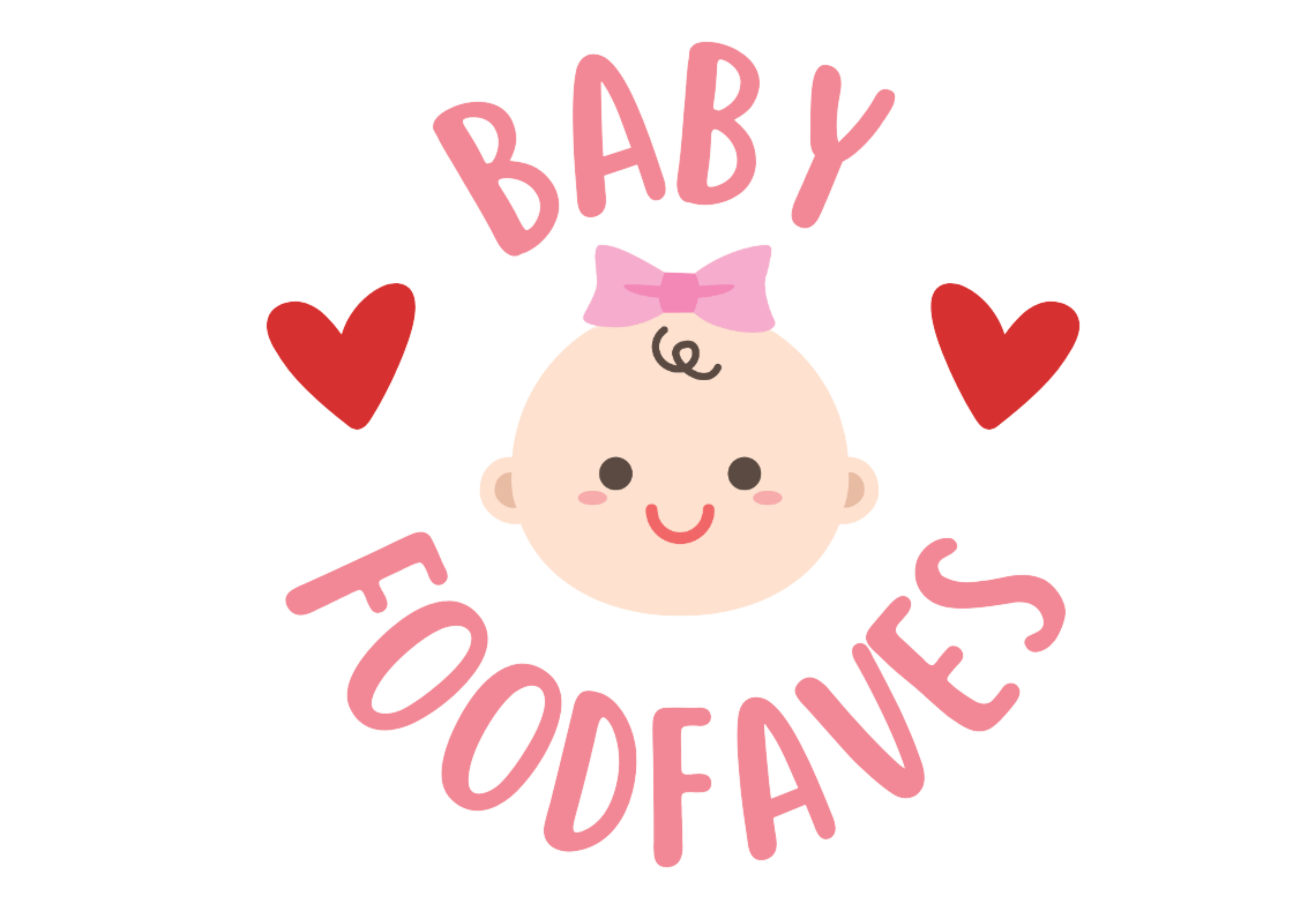

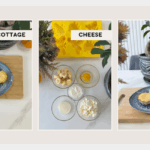
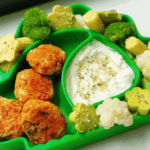
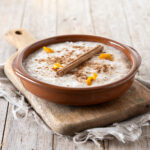

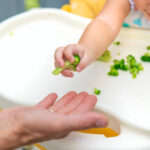


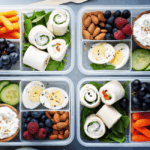
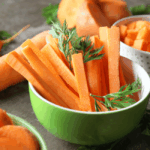

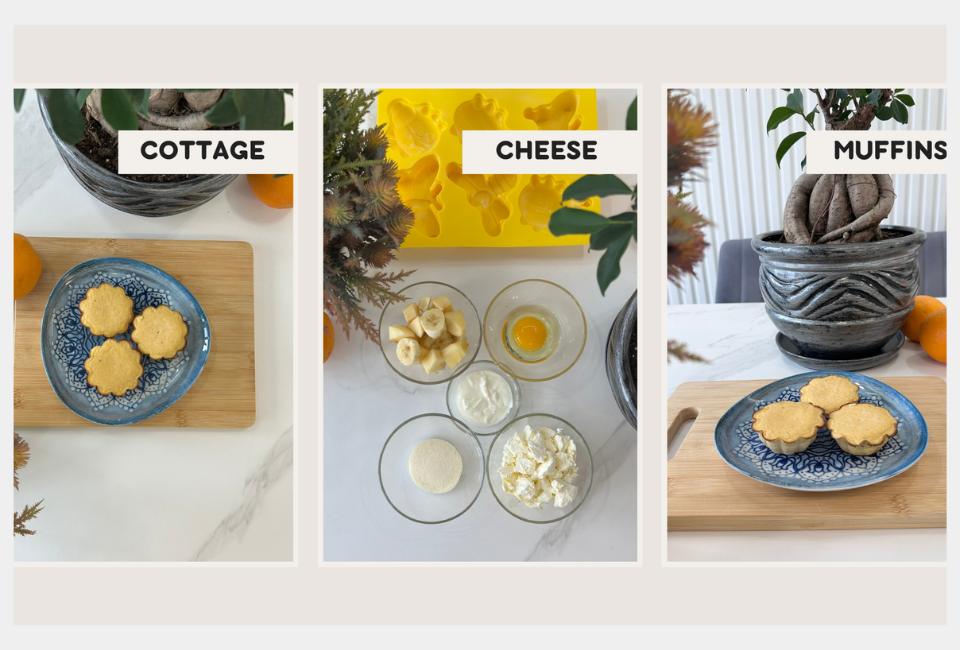
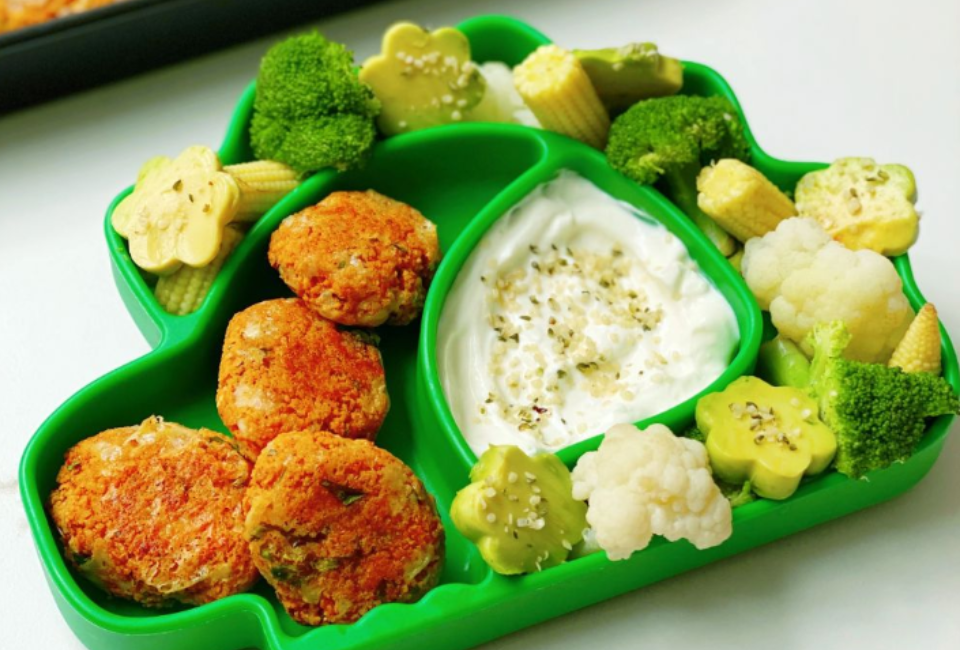
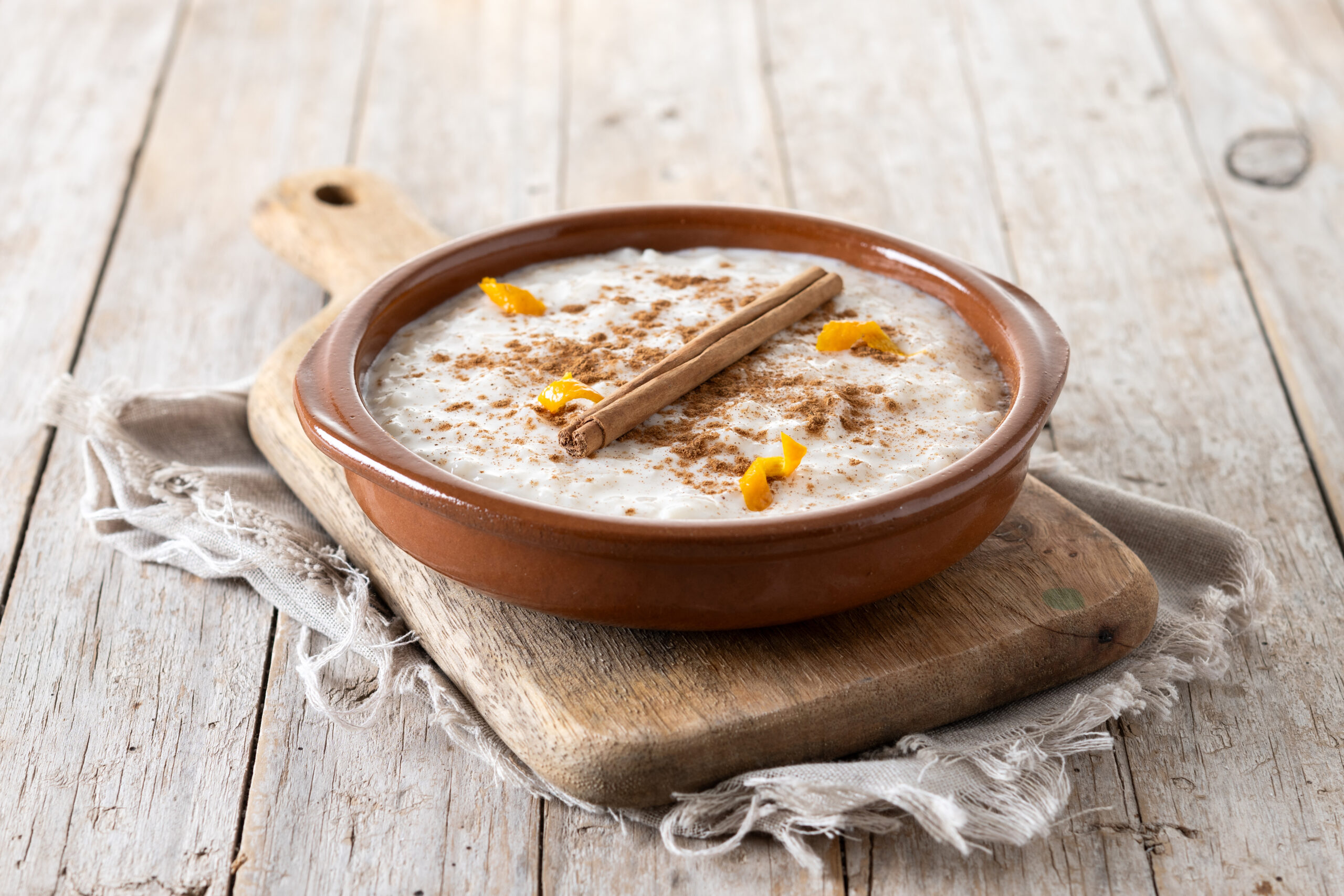
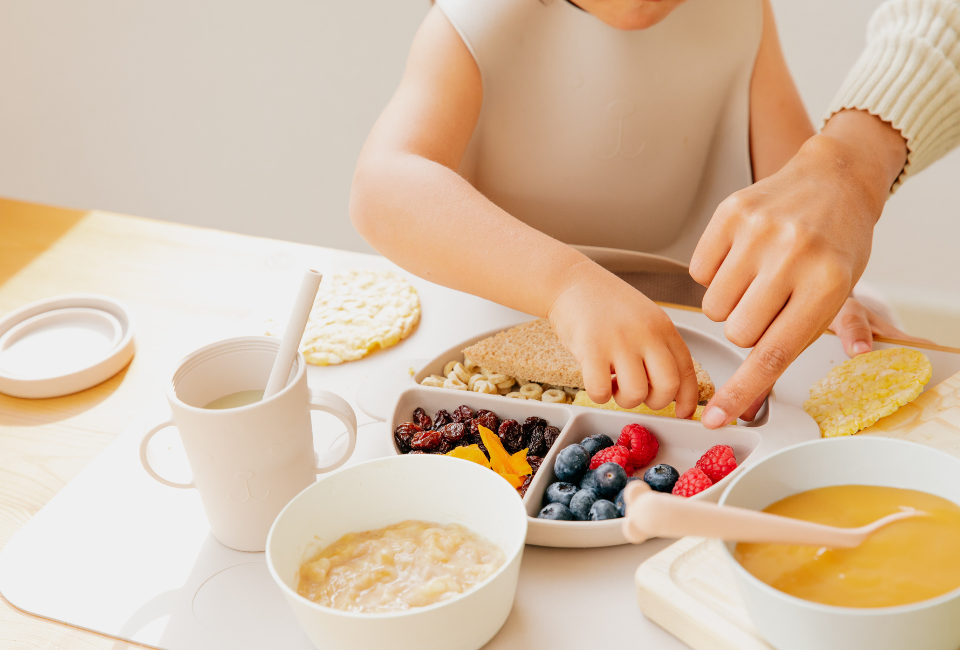
Leave a Reply